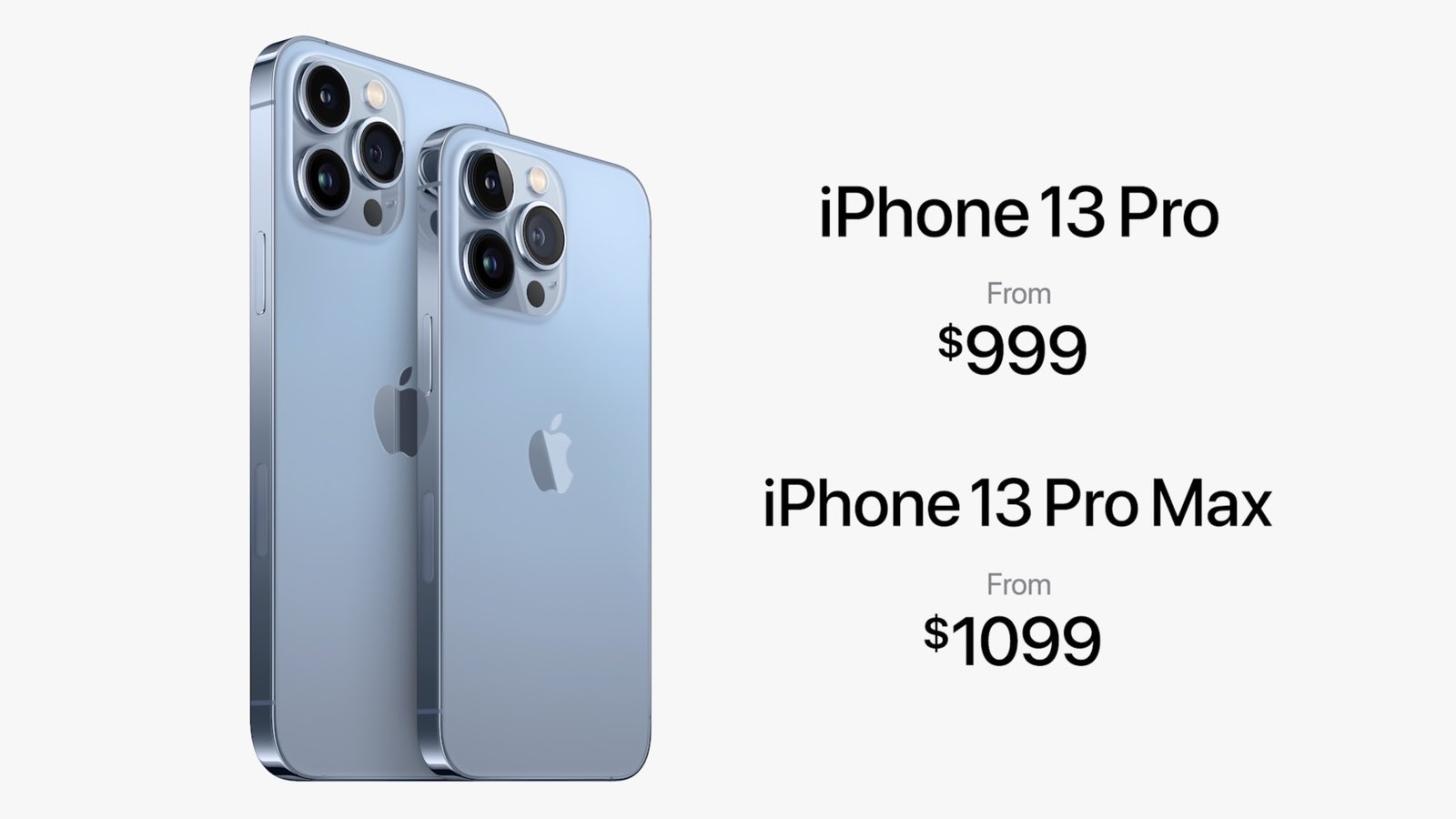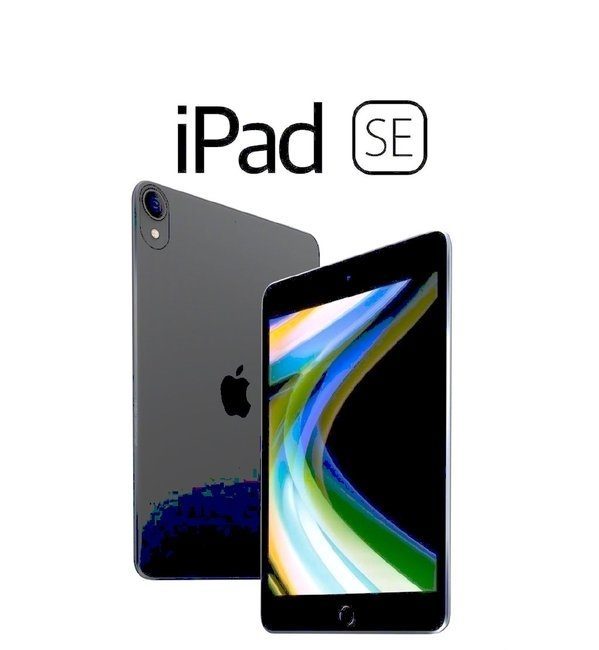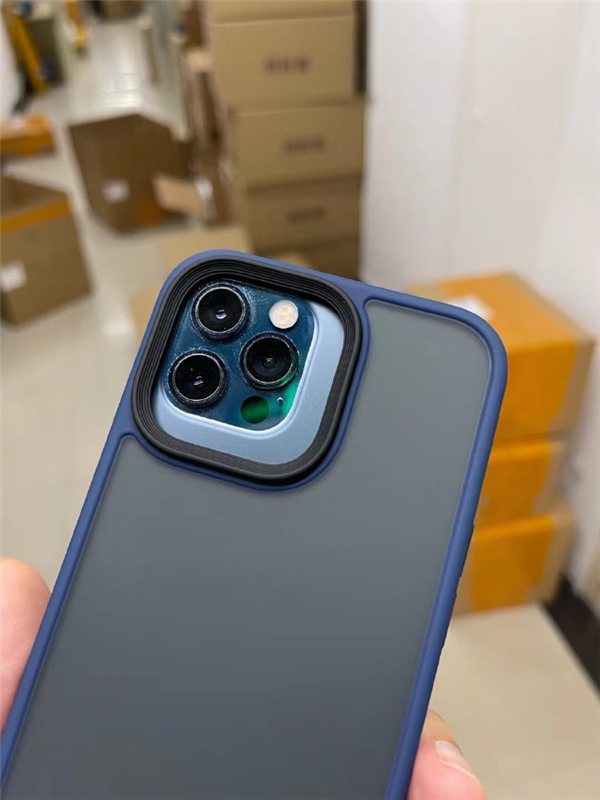The iPhone SE is Apple’s best budget iPhone, and the third generation was announced during Apple’s Spring event on March 8, 2022.
The iPhone SE 2022 is a decidedly modest update to Apple’s most affordable handset line, but it does boast the same processor as the iPhone 13 and 5G connectivity. It remains the cheapest new iPhone in Apple’s line-up, but the new iPhone SE is actually more expensive than its predecessor.
But affordability was never the main selling point of Apple’s entry-level iPhone: it was all about the portability.
So when Apple introduced the very first iPhone SE back in 2016, it was all about the size. According to Apple’s Greg Joswiak, the first generation iPhone SE was “the most powerful four-inch phone ever.”
So where did it come from, and how has it fitted in with the rest of the iPhone line-up? Let’s find out.
iPhone SE (2016)
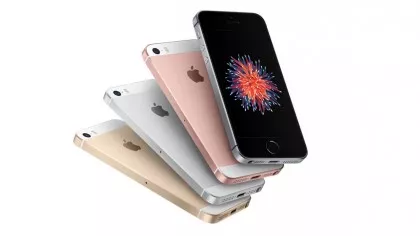
The first generation iPhone SE
The first iPhone SE was based on the design of the iPhone 5, which despite the name was the sixth generation of the iPhone. Released in 2012, the iPhone 5 was pretty impressive at the time with its newer, slimmer body, its 4-inch Retina display and its snazzy new Lightning connector, which replaced the previous 30-pin Dock connector.
The iPhone 5 was one of the shortest-lived iPhones, replaced in 2013 by the iPhone 5S and the iPhone 5C, and it was much missed: when the next iPhone, the iPhone 6, got significantly bigger it was clear that for many people the smaller iPhone was the sweet spot in terms of portability and usability.
The iPhone SE was launched in March 2016 to make those people happy, and while it looked like the iPhone 5 it didn’t have the same innards.
Instead of an Apple A6 chip it had the same A9 as the 2015 iPhone 6S, and it also had a 12MP rear camera, Live Photos and Retina Flash. It was something of a stealth iPhone, with modern internals in an older case, and it was much-mourned when Apple canned it in late 2018.
It has the distinction, along with the iPhone 6S and 6S Plus, of having the longest iOS support of any iPhone: seven versions, starting with iOS 9 and running all the way up to iOS 15.
iPhone SE 2020
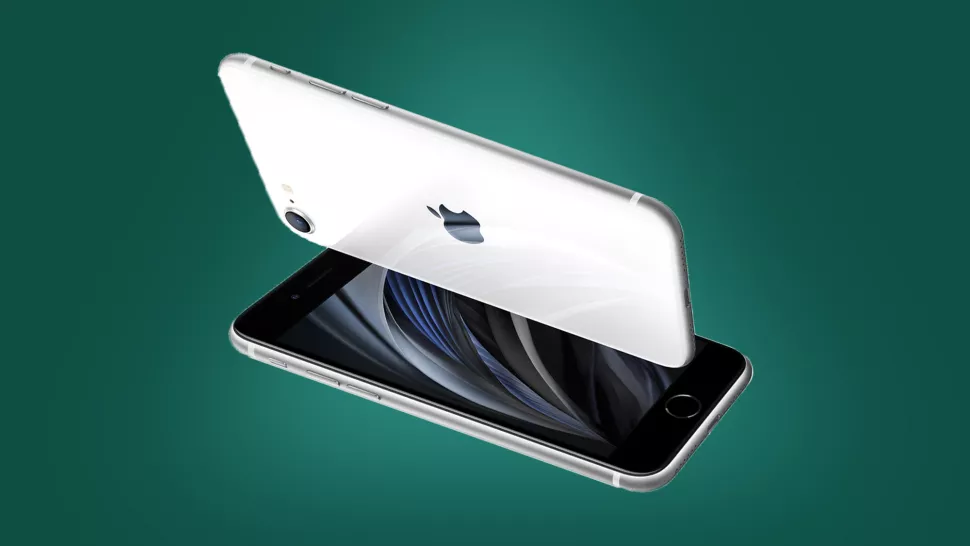
The second generation iPhone SE
Apple decided to bring back the iPhone SE in early 2020. This time it was part of the same iPhone generation as the iPhone 11, and Apple launched the iPhone SE 2020 at the same time as it discontinued the iPhone 8/8 Plus in April 2020.
Like the first generation, the second iPhone SE was a mix of older design and modern insides. It was based on the iPhone 8, but inside it was an iPhone 11: it had the A13 Bionic system-on-a-chip and a 4.7-inch Retina display.
That’s small compared to other phones, but it was a significant improvement over its predecessor’s 4-inch display, and it has True Tone, Display P3 and HDR10/Dolby Vision support (although it can’t actually display HDR; instead it enhances the content for its own display).
Camera-wise the second iPhone SE was very similar to the iPhone 8, with its 12MP rear camera capable of 4K video, 63MP panoramas and Smart HDR. Both cameras also support Portrait modes.
iPhone SE 2022

The third generation iPhone SE
Advertisement
The biggest change in the iPhone SE 2022 5G is that last bit: 5G. The previous iPhone SE was 4G-only, and that means it was lagging behind much of the rest of the affordable smartphone market.
5G is faster and more reliable than 4G, but unfortunately faster connections also mean a higher price tag: the iPhone SE 2022 is $30 / £30 / AU$40 more expensive than its predecessor.
To be fair, there are a lot of other improvements too. There’s “the toughest glass in any smartphone” to protect it from lumps and bumps, and it has the same six-core CPU / 4-core GPU A15 Bionic system-on-a-chip as the iPhone 13.
That delivers better battery life, and it also enables the iPhone SE to have the same secure on-device Siri and dictation as the iPhone 13, something that wasn’t possible in the previous SE model.
If you like to take photos you’ll love the improved camera setup in the new iPhone SE, which can do the same computational photography as the iPhone 13. That means the ability to save your own photographic styles for faster processing, smart HDR 4 for exceptional contrast and detail and faster Portrait processing too.
It also means you get the brilliant Live Text processing that can recognize text when you point your camera at it or open an image containing text.


